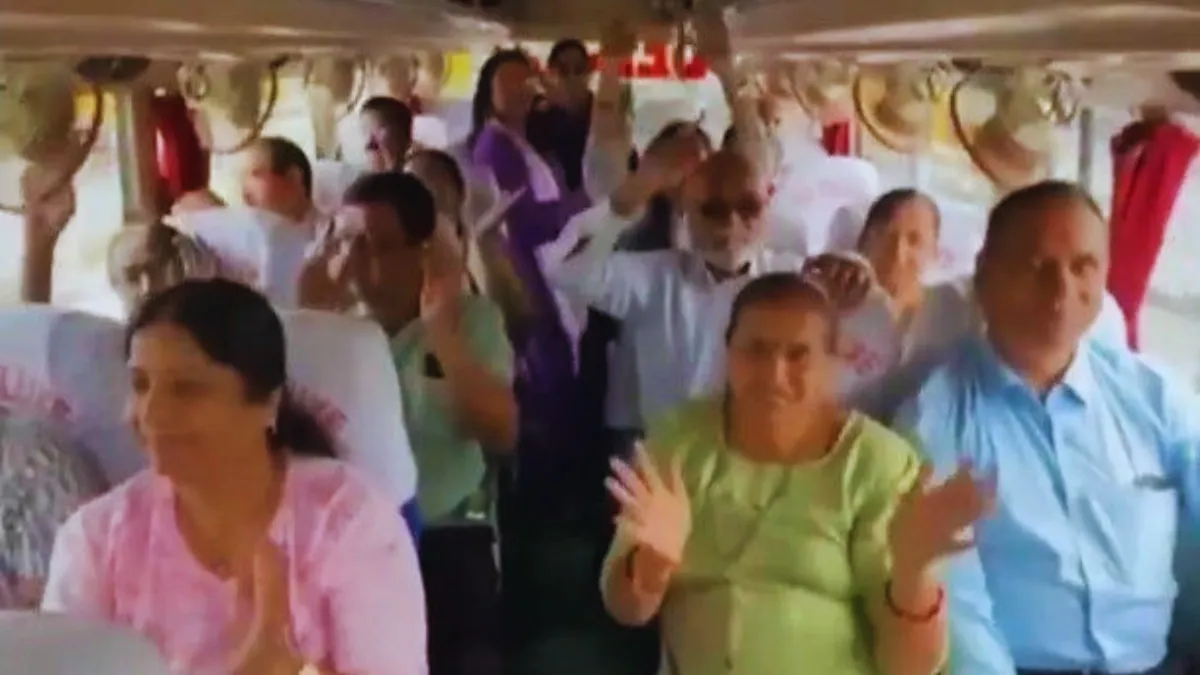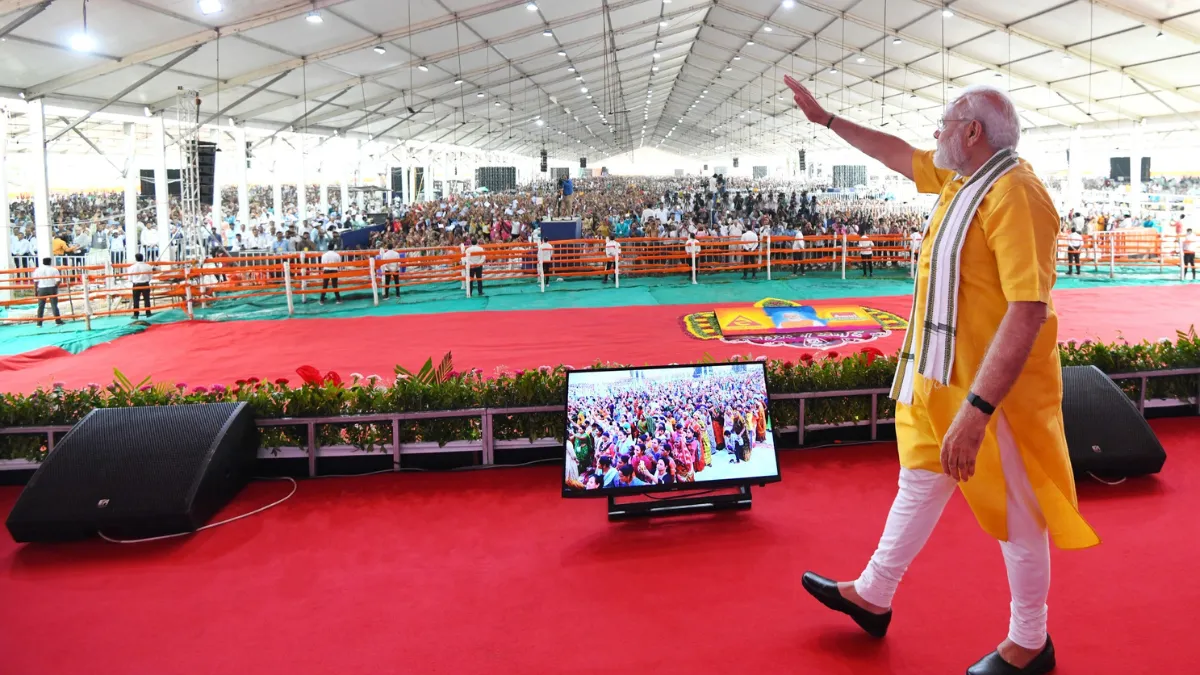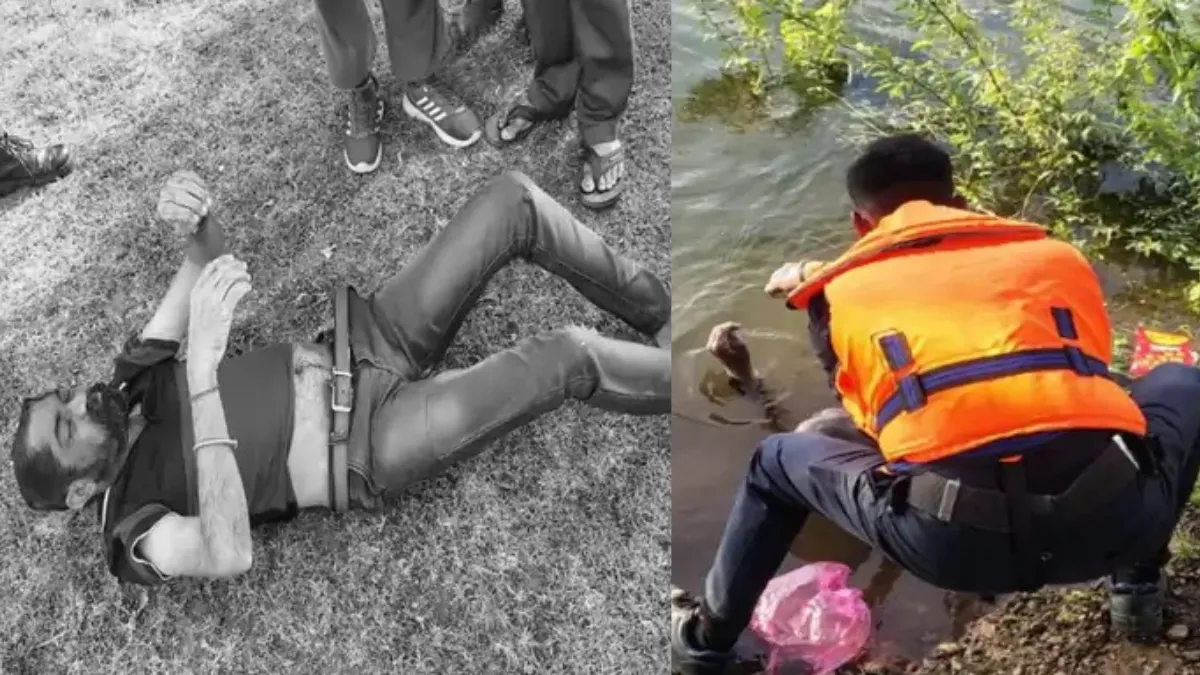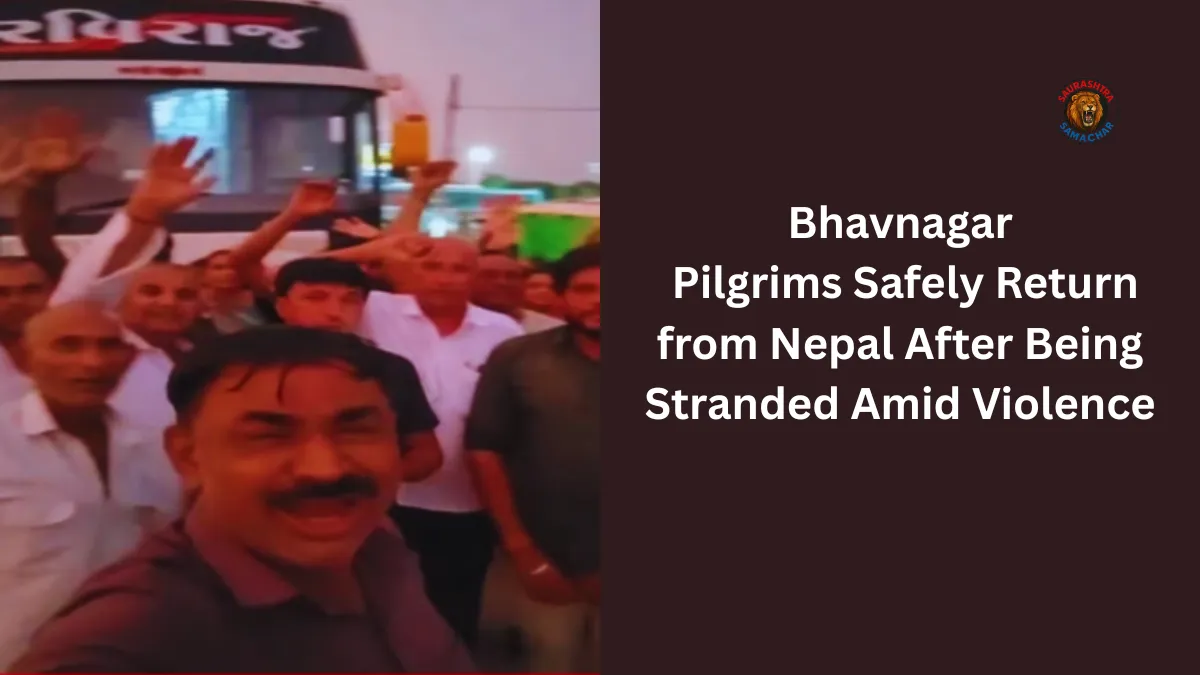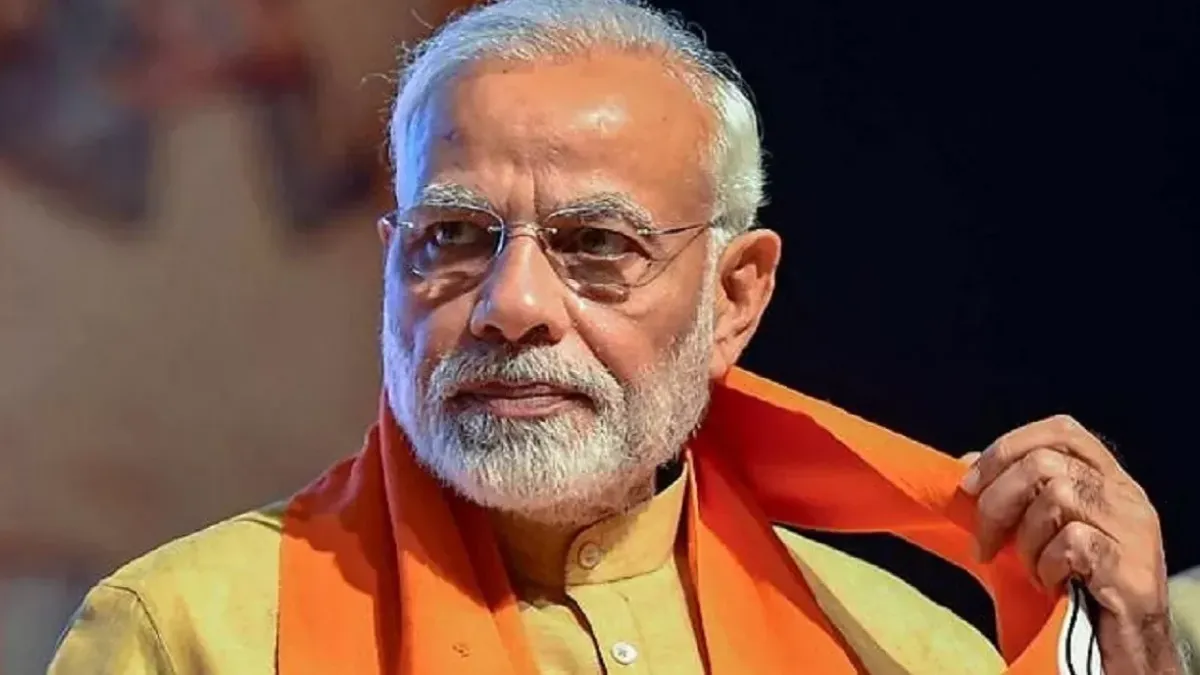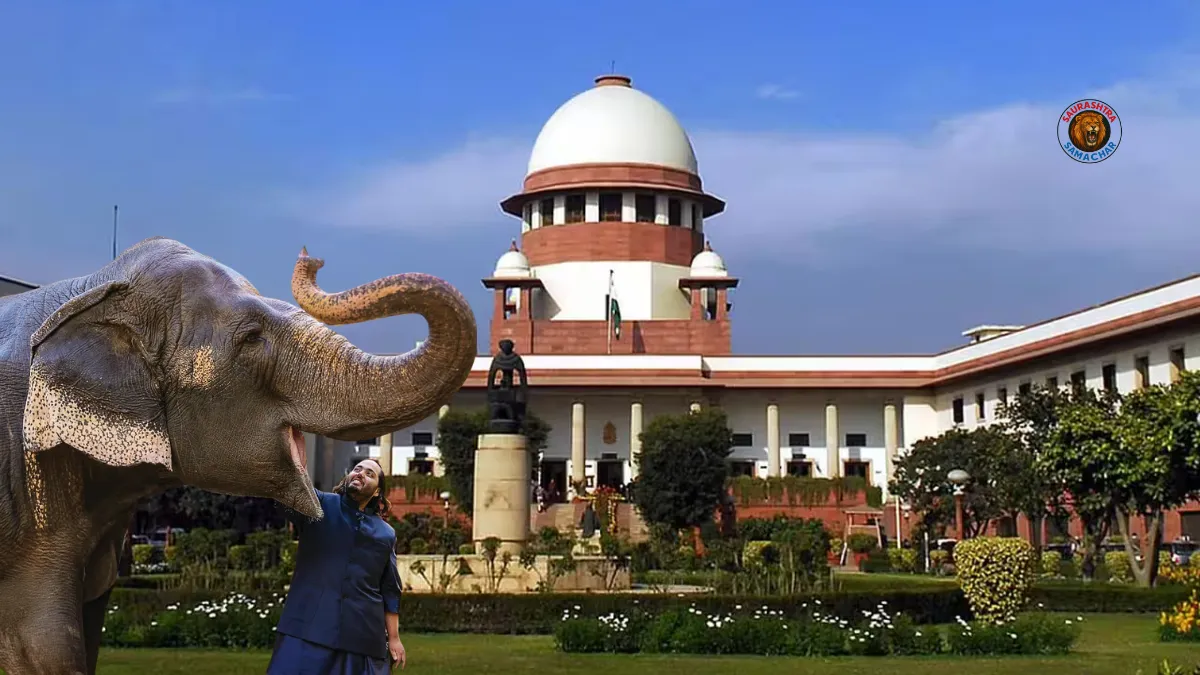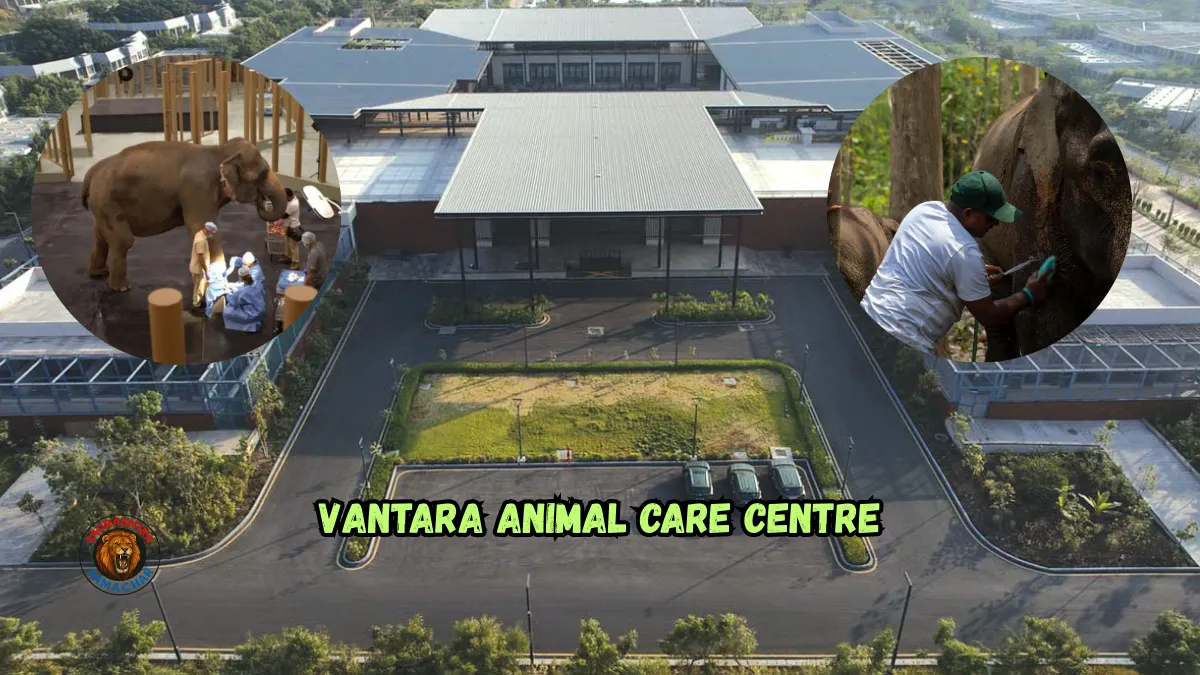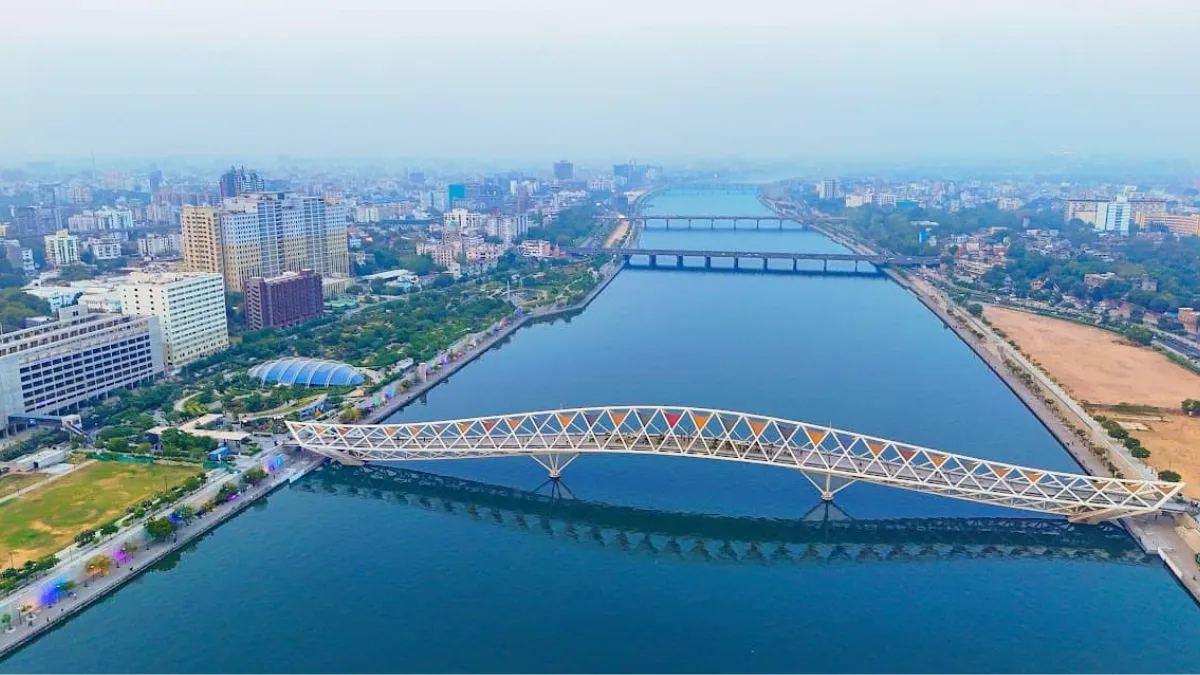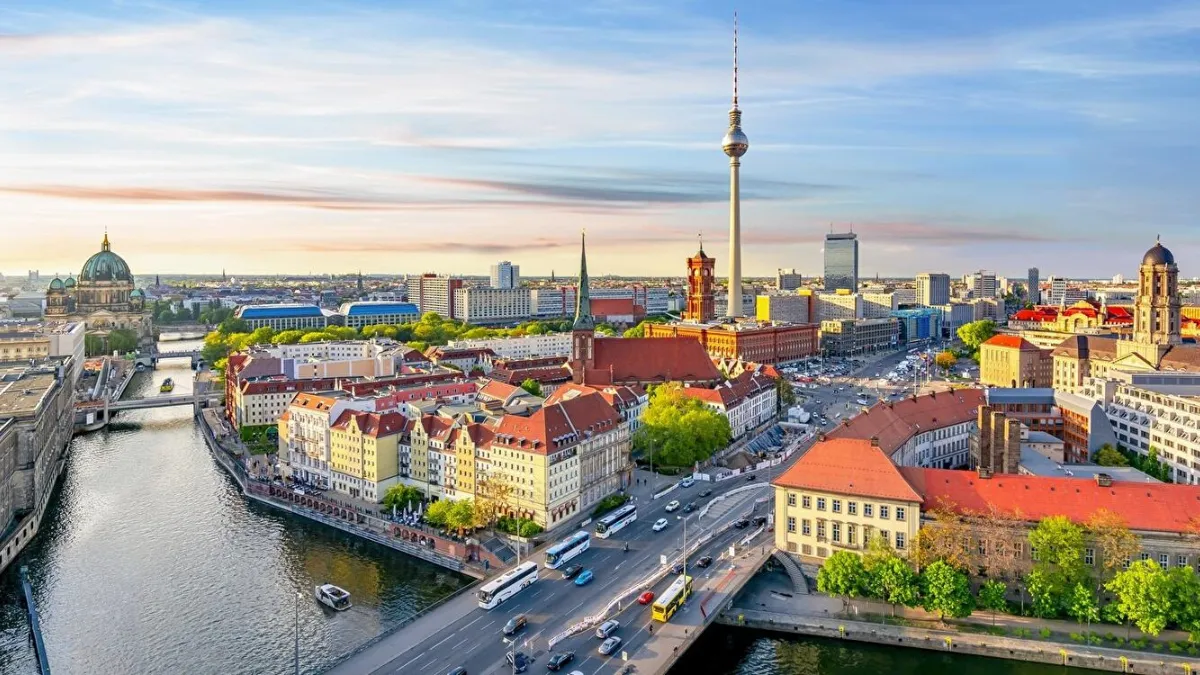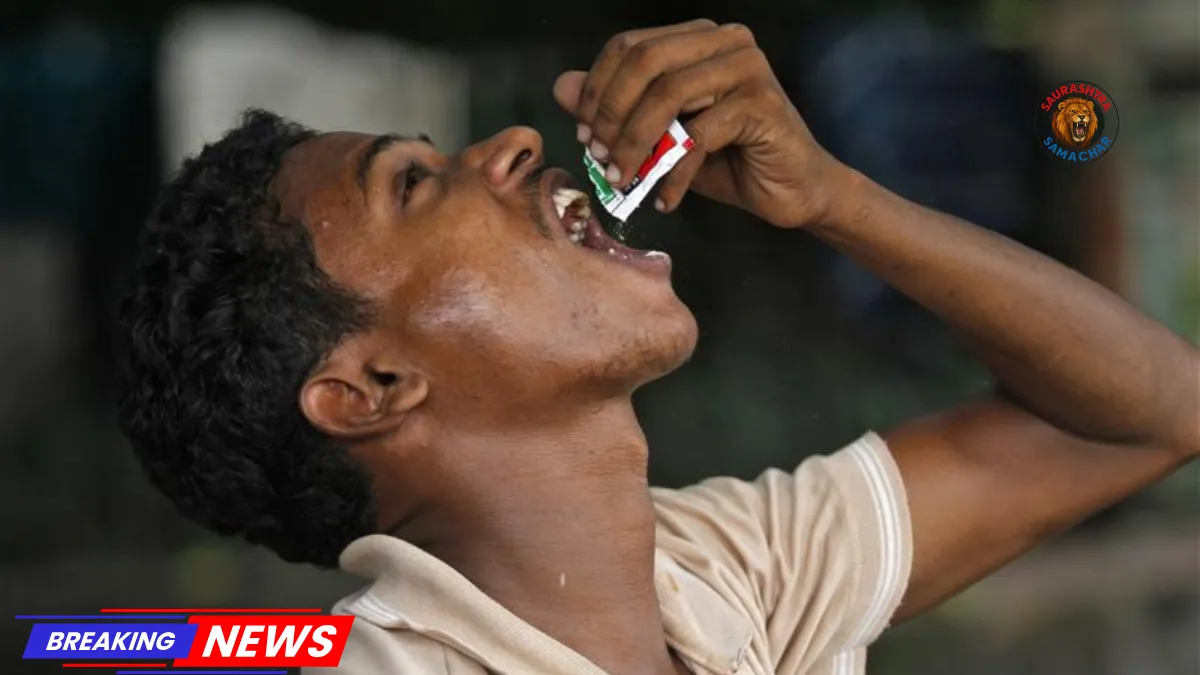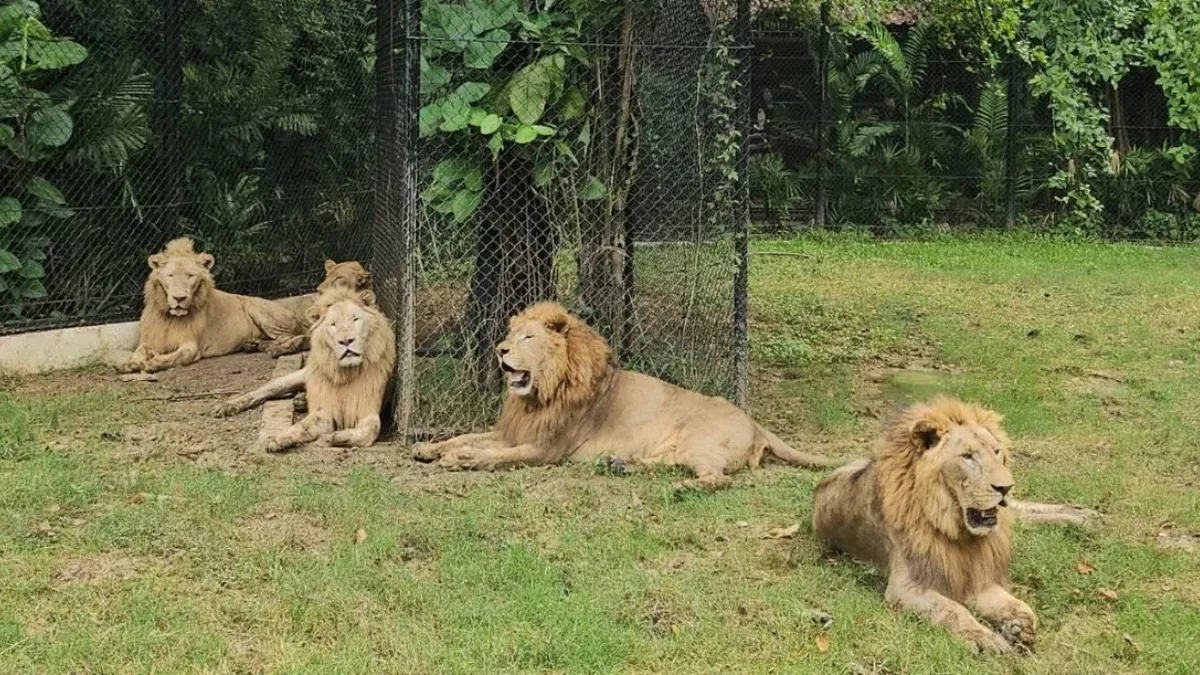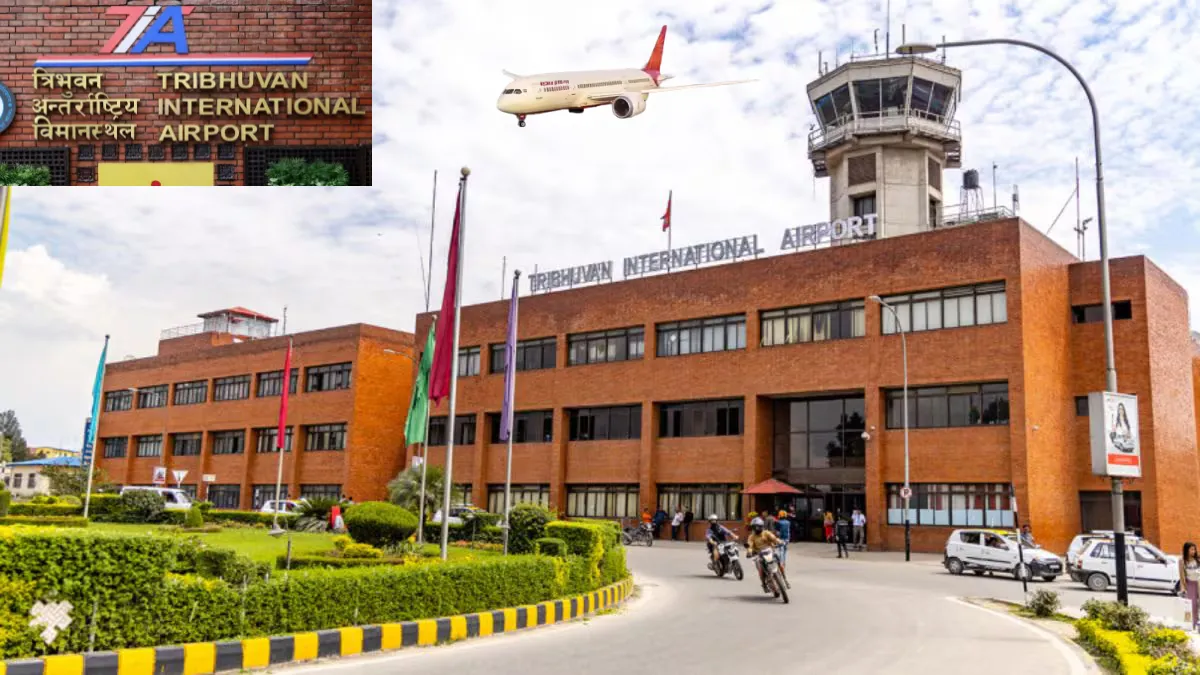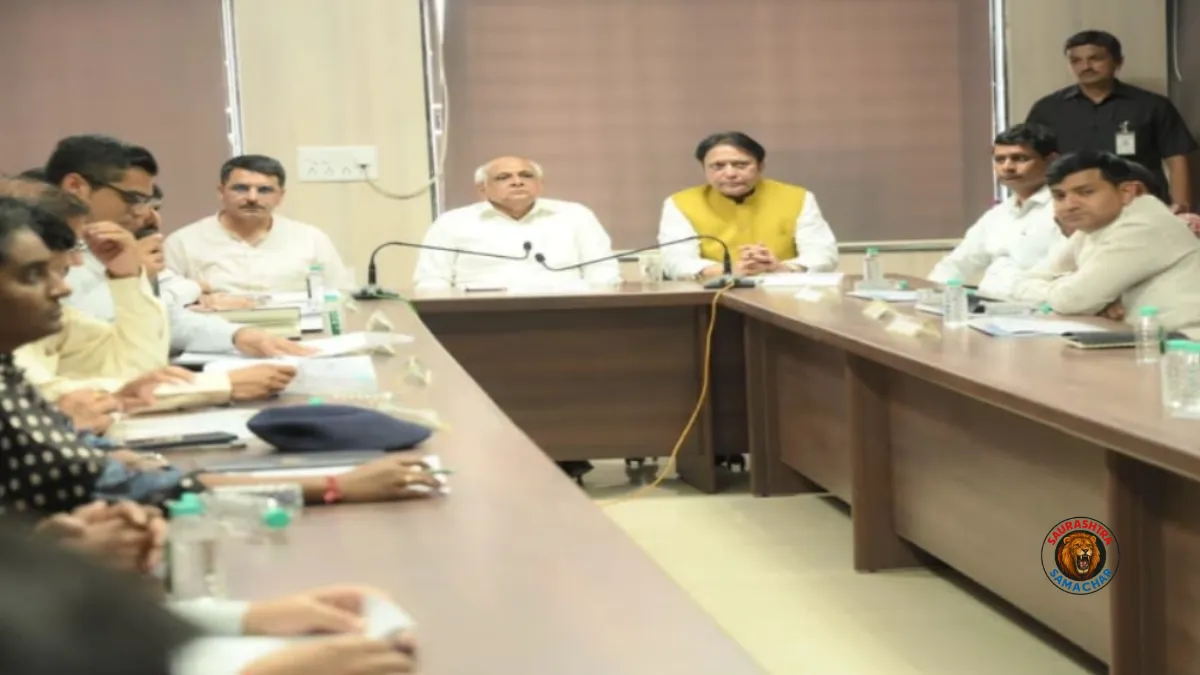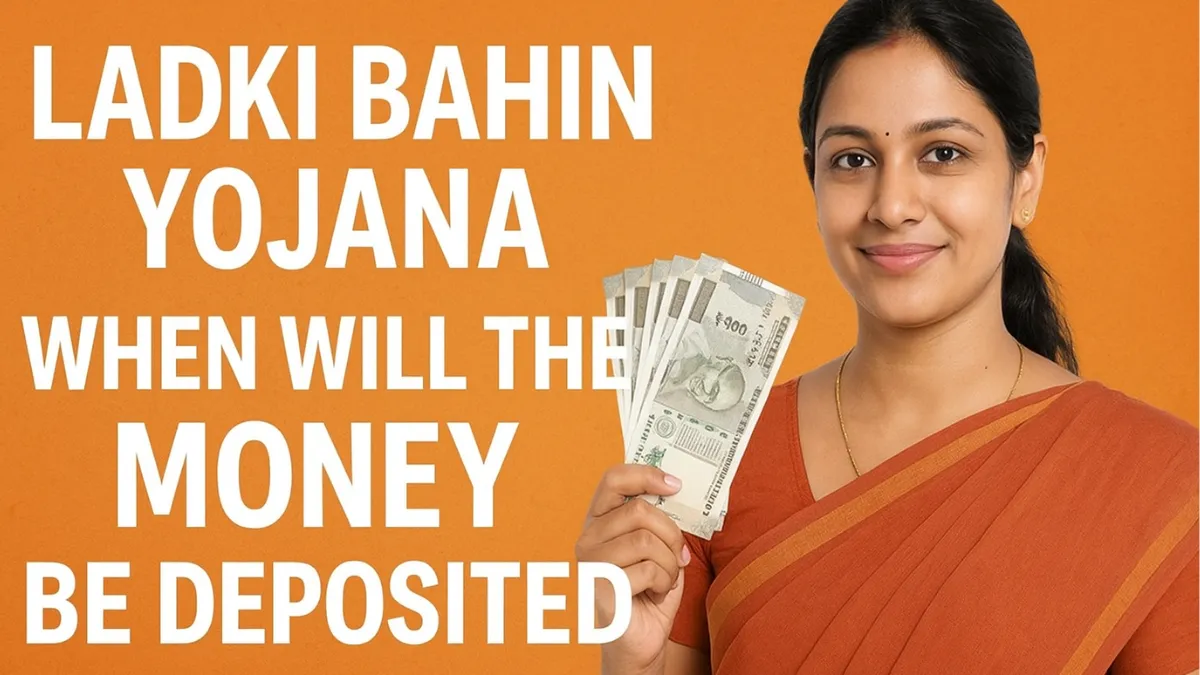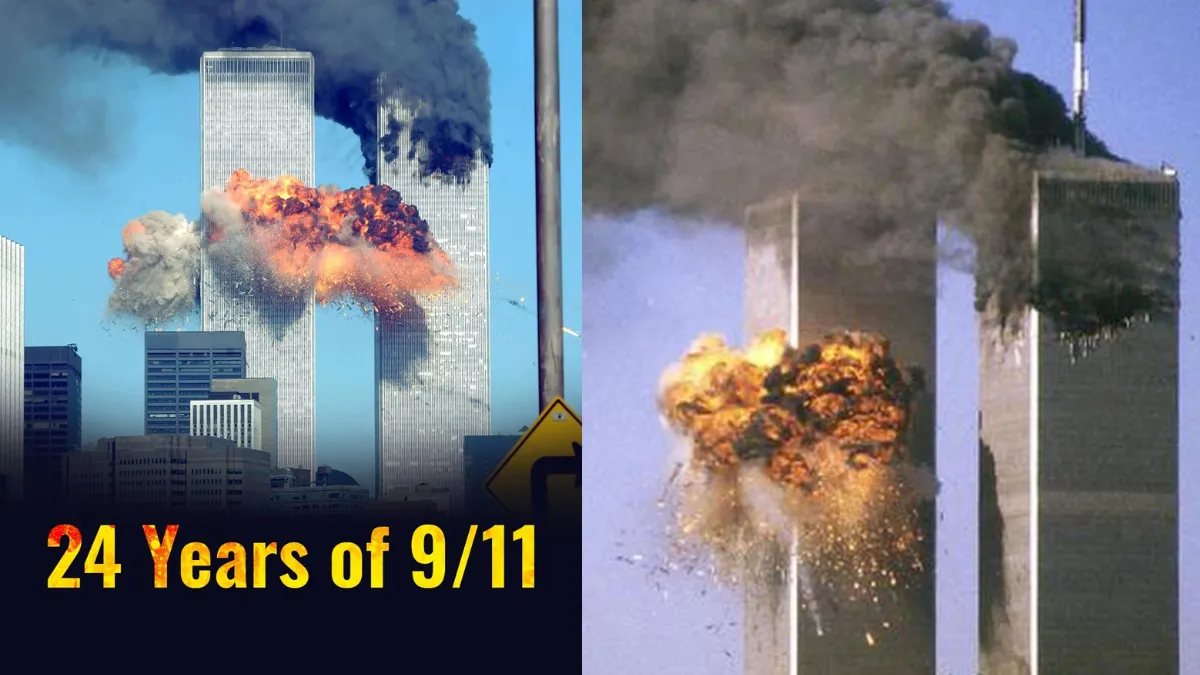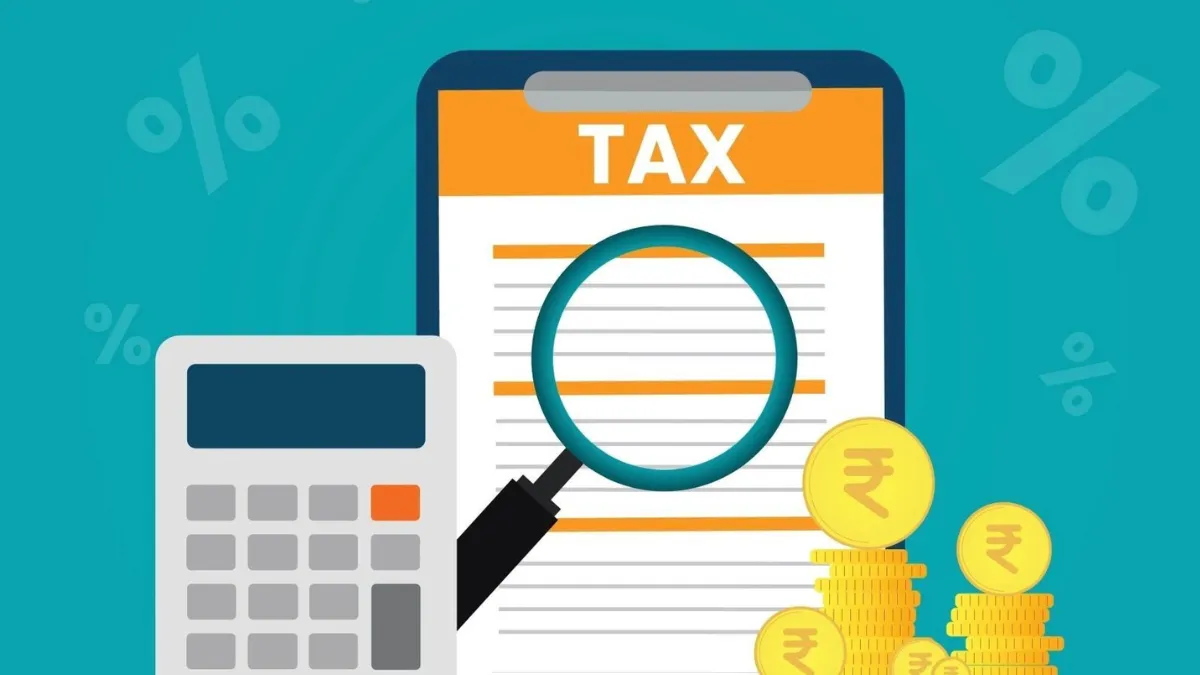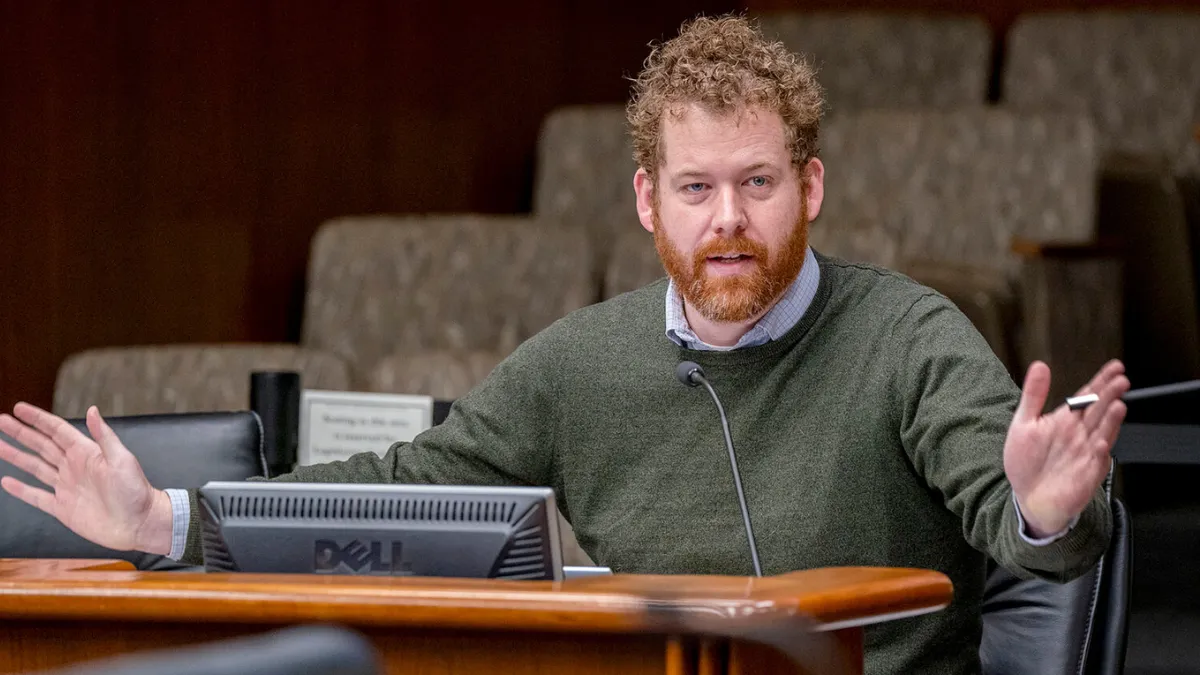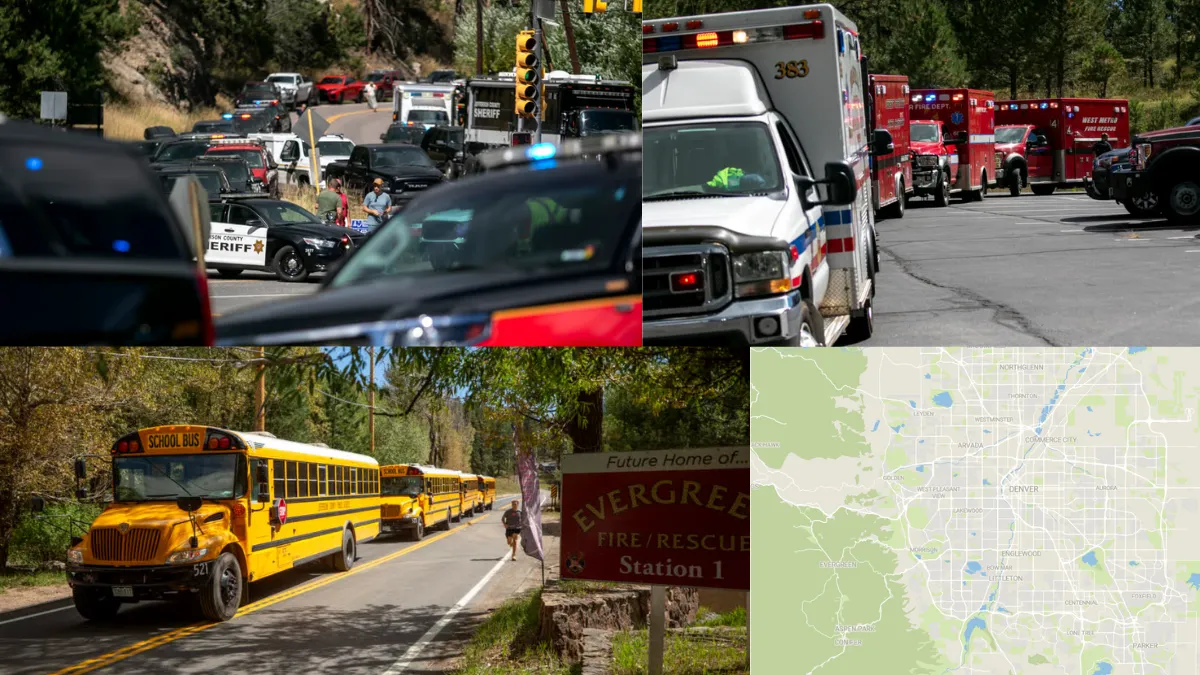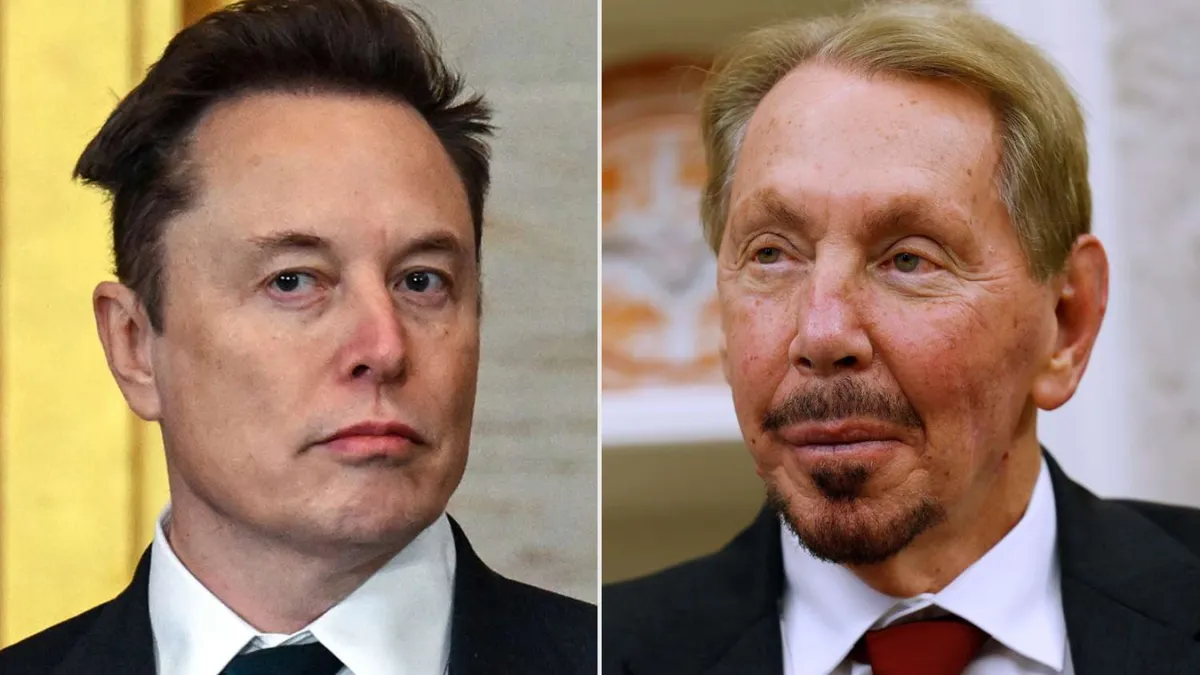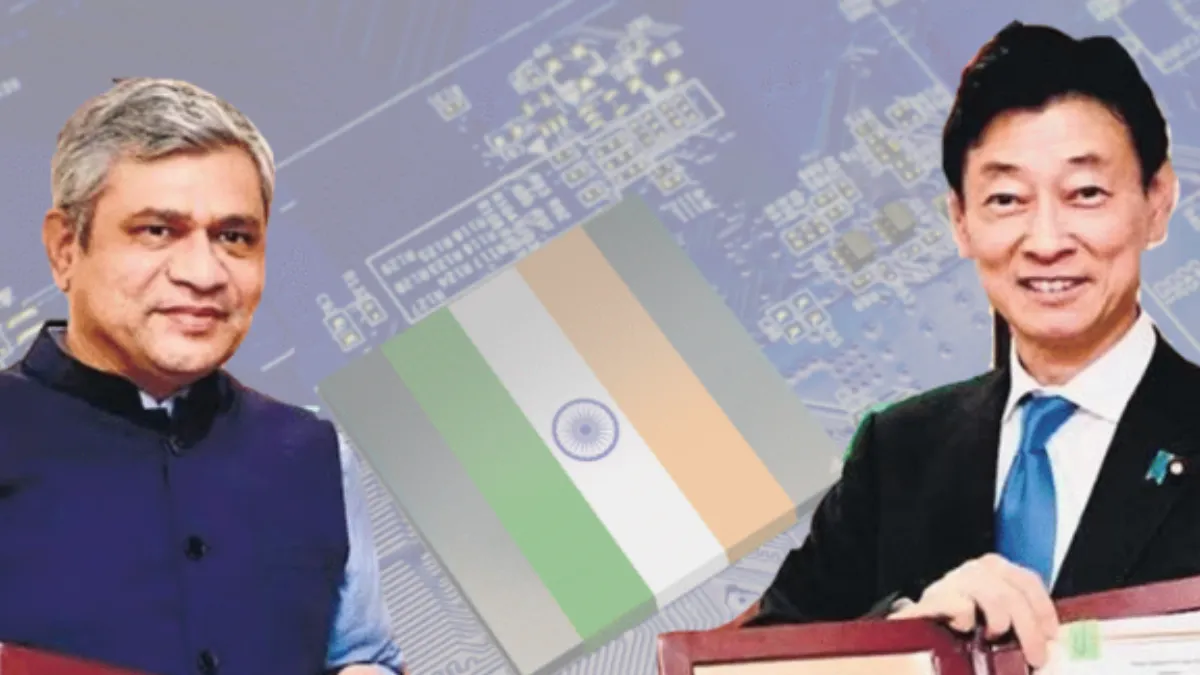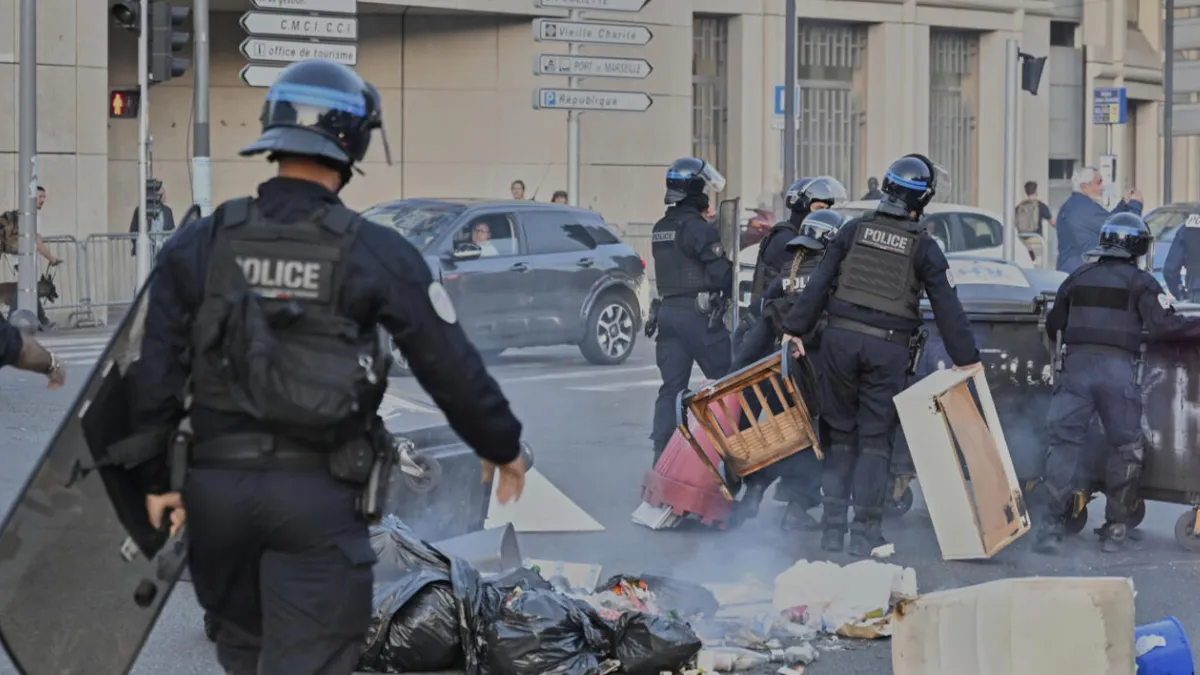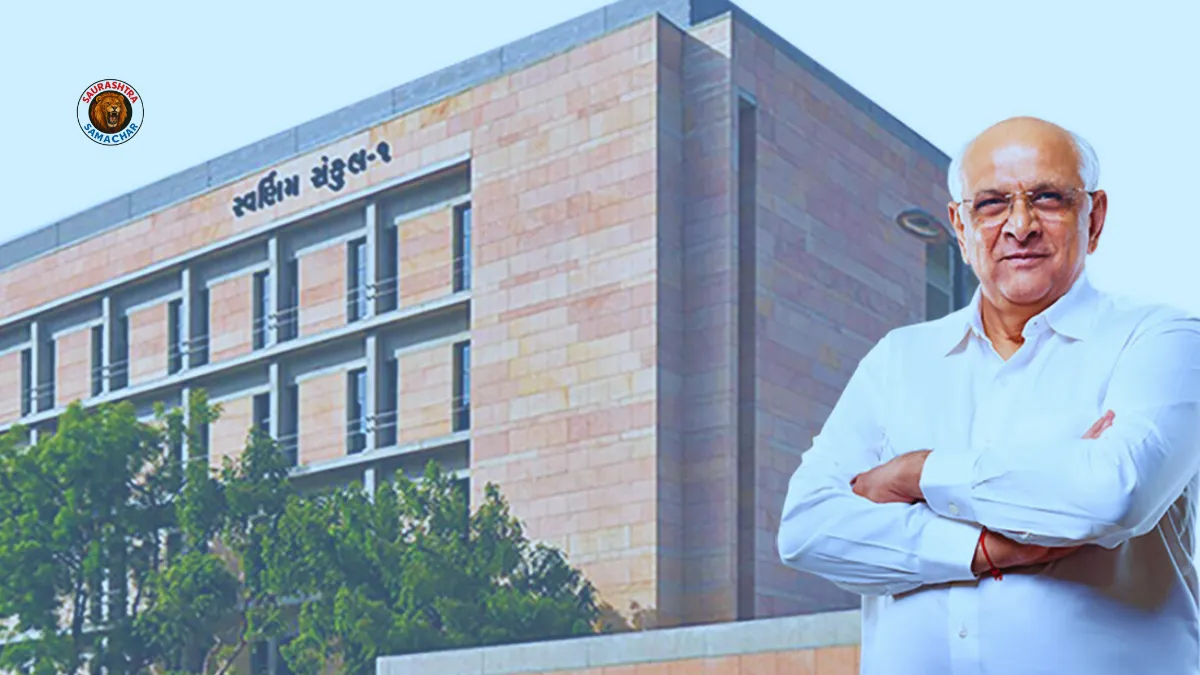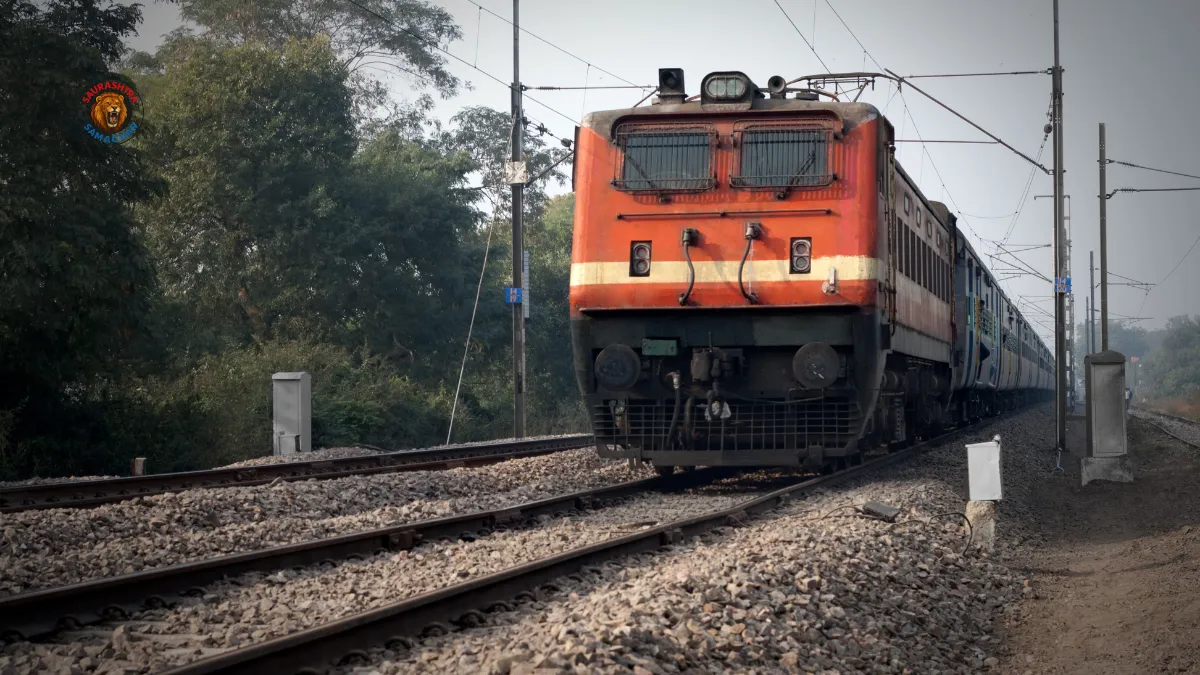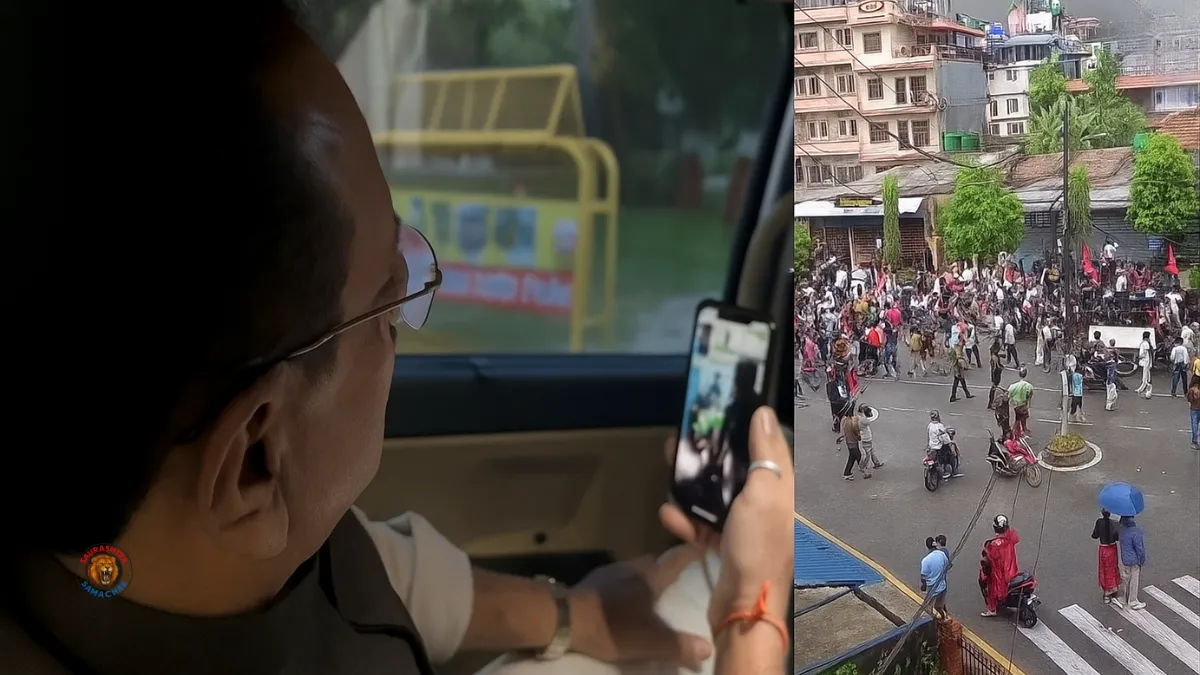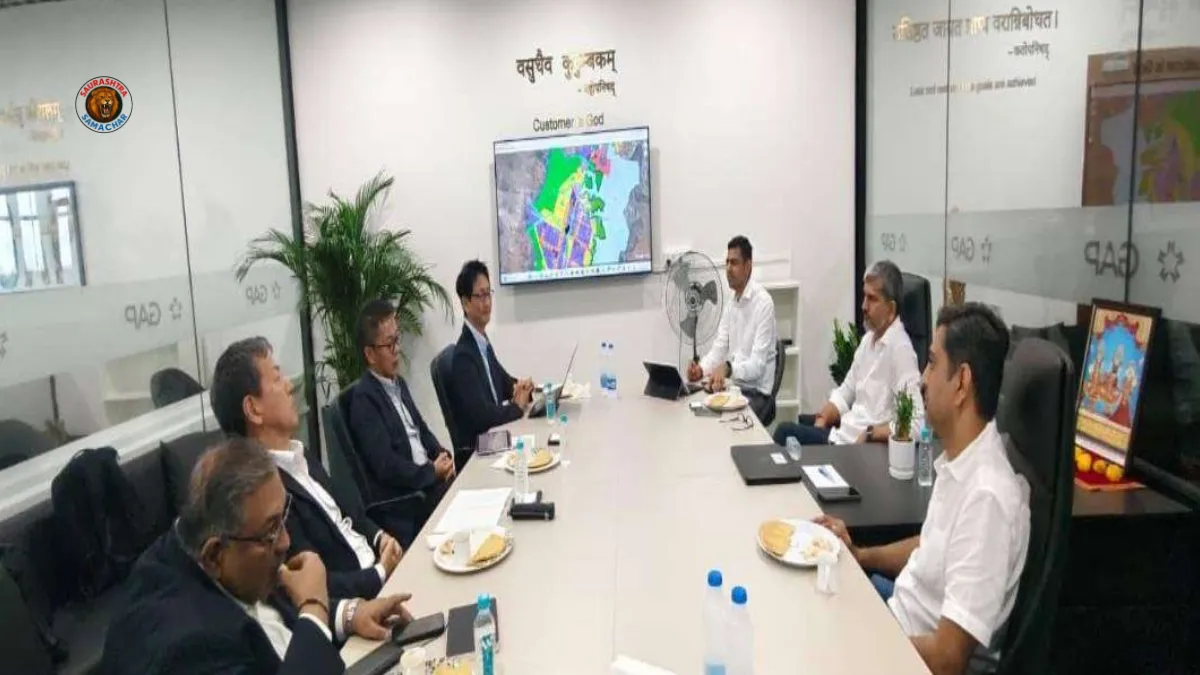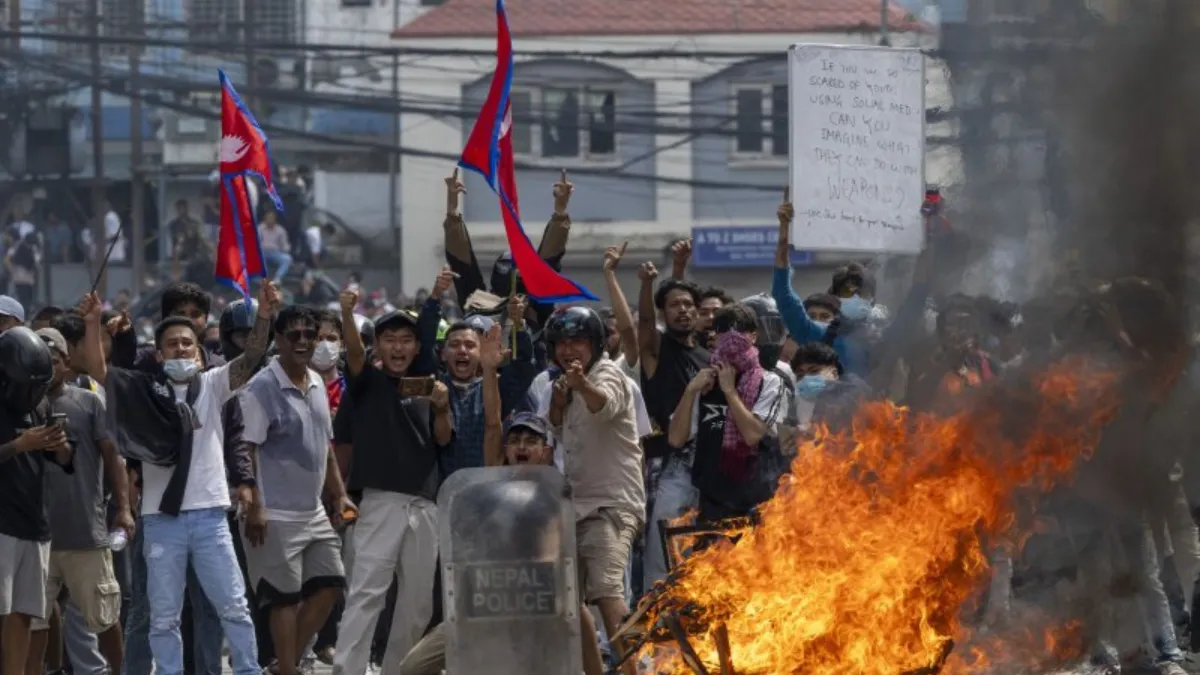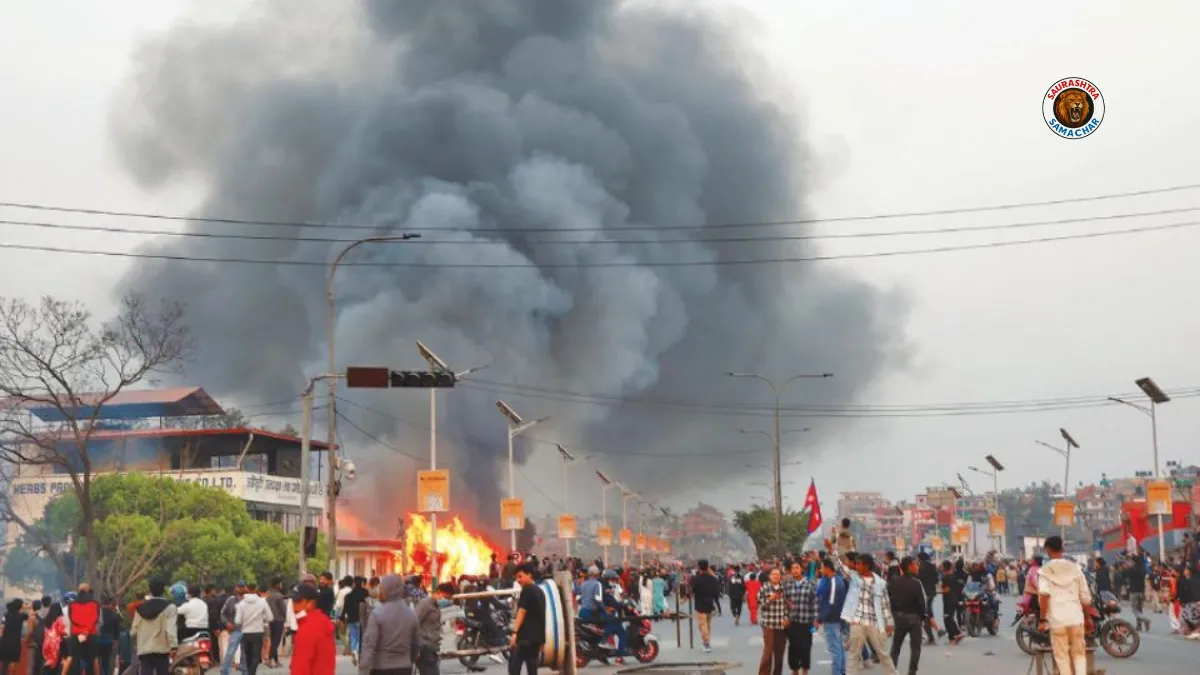In a dramatic turn of events, a total of 87 tourists from Bhavnagar district in Gujarat safely returned to India after being stranded in Nepal due to violent protests. What began as a youth movement in Nepal under the name Gen-Z—highlighting issues like poverty, inflation, corruption, and social media restrictions—soon spiraled into unrest that disrupted normal life and trapped many foreign visitors, including religious pilgrims from Gujarat.
The safe return of these tourists has brought huge relief to their families back home. For almost two days, these groups were stuck in different parts of Nepal—Pokhara, Kathmandu, and Janakpur—before Indian authorities, travel agencies, and even local Nepalese residents ensured their safe passage back into India.
The Background: Gen-Z Movement in Nepal
The roots of the trouble lie in growing dissatisfaction among the Nepalese youth. In recent months, anger has been building around multiple issues:
- Rising poverty and unemployment
- Skyrocketing inflation making daily life difficult
- Rampant corruption in governance
- Restrictions on social media, which many see as a curb on free speech
A new protest wave under the banner of Gen-Z started peacefully. However, within a day it escalated into violence, leading to clashes, shutdowns, and roadblocks across several cities including Pokhara and Kathmandu.
Unfortunately, this unrest coincided with the presence of multiple religious tour groups from Bhavnagar, who had traveled to Nepal to visit holy sites such as Pashupatinath Temple, Muktidham, and Pokhara Lake. What was supposed to be a spiritual journey quickly turned into a frightening ordeal.
How Bhavnagar Tourists Got Stranded
On Tuesday, September 9, violence flared up in several parts of Nepal. At that time, over 43 tourists from Bhavnagar, including senior citizens, cooks, and travel organizers, were staying in a hotel in Pokhara as part of a tour organized by Maa Tour & Travels.
- Most of the pilgrims were elderly, which added to the worry.
- Communication lines went down due to network issues, cutting them off from their families for hours.
- Rumors of escalating violence created panic back in Gujarat.
District officials and political leaders from Bhavnagar kept in constant touch with the Indian Embassy in Kathmandu and the Gujarat state administration in Gandhinagar. Families were assured that every effort was being made to bring the pilgrims home safely.
By Wednesday afternoon (September 10), the tourists finally boarded a bus out of Pokhara and traveled under security escort. They reached Gorakhpur in Uttar Pradesh by nightfall.
Multiple Groups, Same Story of Survival
It was not just one group—several batches of pilgrims from Bhavnagar were scattered across Nepal when violence broke out.
Group 1 – Pokhara Pilgrims
- 43 tourists from villages like Nari, Sihor, and Vartej.
- Stuck in Pokhara hotel for nearly two days.
- Safely crossed into India by Wednesday night.
Group 2 – Kathmandu Pilgrims
- Two tourists from Sihor were stranded in Kathmandu.
- Authorities immediately informed the Indian Embassy, which coordinated their safety.
Group 3 – Private Luxury Bus from Bhavnagar
- Around 35 tourists had traveled in a luxury sleeper bus directly from Bhavnagar.
- This group was near Janakpur when unrest worsened.
- With the help of Nepal Police, the bus was piloted safely out of Janakpur, despite mobs blocking the road for nearly four hours.
- Remarkably, the protesters did not harm the bus or any passengers after realizing they were Indian pilgrims.
- By late Tuesday night, this bus crossed the Nepal border into India.
Group 4 – Khodiyar Travels
- Another batch of 40–42 people, including 35 women pilgrims, had left Bhavnagar on August 29.
- Their itinerary included Pashupatinath, Muktidham, Pokhara, and finally Janakpur.
- When violence broke out, the Nepal Police directly advised them to leave Janakpur and even provided security escort.
- Eventually, they too reached Ayodhya in Uttar Pradesh safely.
In total, 87 Bhavnagar tourists successfully made it back to India within two days—a huge relief for their families who had been anxiously waiting for news.
Role of Local Nepalese and Authorities
One of the most heartwarming aspects of this ordeal was the hospitality shown by Nepalese locals.
- Hotel owners in Pokhara allowed the Gujarati pilgrims to stay and eat free of charge, even as the unrest disrupted normal business.
- Nepalese Army and Police escorted buses carrying Indian pilgrims, ensuring no harm came to them.
- Local residents along the routes even guided the buses safely towards border points.
This showed that despite the violence and political turmoil, ordinary people of Nepal held strong goodwill towards visiting pilgrims.
Voices from the Journey
- Rajbha Gohil, president of the Bhavnagar Travel Association, confirmed that while the situation in Nepal was indeed violent, not a single Indian pilgrim was harmed. He praised the cooperation of Nepalese citizens.
- Ritaben Chauhan, a tour organizer, shared how their bus was stopped for hours by angry mobs, but none of the passengers were touched. “We were scared, but when they learned we were Indian pilgrims, they let us go.”
- Lalabhai, a bus driver, explained how the Nepal Police’s pilot vehicles escorted them through dangerous stretches until they reached the Indian border.
Relief in Bhavnagar
As news of the pilgrims’ safe return spread, families in Bhavnagar villages heaved a sigh of relief. Many had spent sleepless nights, glued to television updates and desperately waiting for phone calls.
District Collector’s office confirmed that all stranded pilgrims had either reached Gorakhpur or Ayodhya in India, where they would rest before continuing their onward journey back to Gujarat.
Why This Incident Matters
The return of the Bhavnagar Tourist Returned from Nepal story highlights multiple important issues:
- Safety of Indian Tourists Abroad
Pilgrims often travel in groups, many of them senior citizens. Situations like sudden unrest can put them at risk. Strong coordination between Indian embassies, state authorities, and local administrations abroad is vital. - Political Instability in Nepal
The Gen-Z movement in Nepal shows how deeply frustrated youth are with corruption, inflation, and restrictions. While India and Nepal share strong ties, instability in Nepal directly affects cross-border tourism. - Resilient Indo-Nepal Relations
Despite protests, the warmth shown by Nepalese locals towards Indian tourists underlines the centuries-old cultural bond between the two nations, especially through shared faith in places like Pashupatinath.
Tourism in Nepal and Its Fragility
Nepal heavily relies on tourism, especially religious and adventure tourism. Thousands of Indians travel every year to visit Pashupatinath, Pokhara, and Himalayan trails.
But this incident shows how quickly unrest can affect the tourism sector:
- Hotels and tour operators lose revenue.
- Pilgrims face life-threatening risks.
- Families back home suffer anxiety.
Tour experts suggest that both governments need to create joint safety protocols for pilgrims, such as emergency hotlines, dedicated liaison officers, and quick evacuation plans.
Also read: Bhavnagar Pilgrims Safely Return from Nepal After Being Stranded Amid Violence
Lessons for Future Pilgrims
For future travelers from Gujarat and other states, there are important takeaways:
- Always register tours with recognized travel associations.
- Keep updated with travel advisories from the Indian Embassy.
- Carry emergency contact numbers of local authorities.
- In case of unrest, prioritize safety over completing sightseeing plans.
The story of the Bhavnagar Tourist Returned from Nepal is a reminder that faith journeys are deeply spiritual, but safety must always come first.
Also read: Gujarat Tourists Stranded in Nepal Amid Political Unrest, Appeal for Help
Conclusion:
In the end, what could have turned into a tragedy became a story of relief, resilience, and human solidarity. Over two tense days, 87 Bhavnagar pilgrims—many of them elderly—navigated through violent protests in Nepal and safely returned to India.
Thanks to the coordinated efforts of the Indian Embassy, Gujarat authorities, Nepal Police, and the kindness of local Nepalese residents, not a single life was lost.
For the families in Bhavnagar, this was more than just news—it was the return of their loved ones. For India and Nepal, it was a reminder of the importance of protecting pilgrims and preserving the timeless bonds of friendship between the two neighbors.
